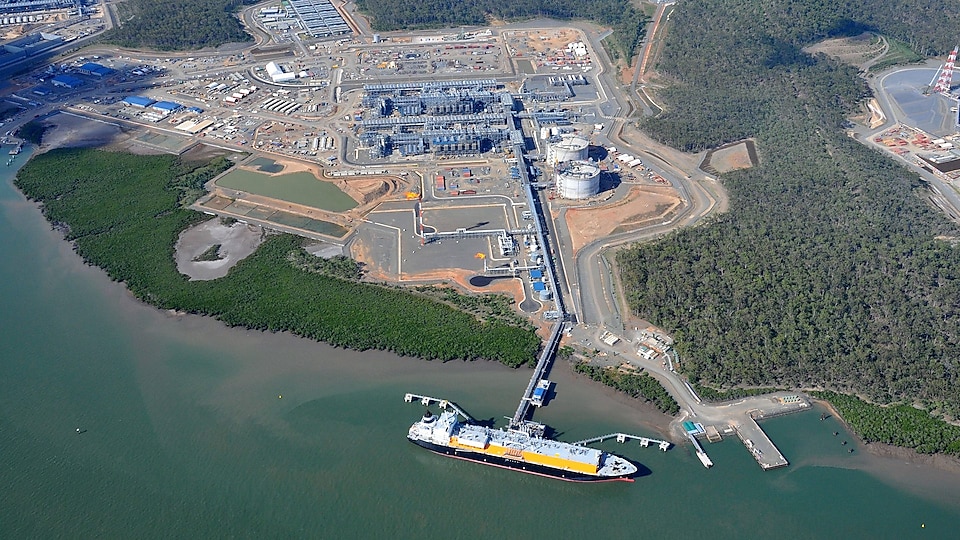ERM Power, founded and more than one-quarter owned by Trevor St. Baker, has received a $617 million takeover bid from Royal Dutch Shell, a strong message from the fossil-fuel giant that it intends to follow through on its ambitions for Australian-domination in the energy market.
Wood Mackenzie research director Nicholas Browne commented on the takeover as “part of an expansion push into other global power markets that present opportunities.” Indeed, Shell is already trading and selling electricity to businesses in Japan.
“This acquisition aligns with Shell’s global ambition to expand our integrated power business and builds on Shell Energy Australia’s existing gas marketing and trading capability,” Zoe Yujnovich, Shell Australia’s chair, said in a statement.
“ERM will become our core power and energy solutions platform and this acquisition is a significant step forward in growing Shell’s integrated power business in Australia,” said Yujnovich, “Upon completion, we look forward to welcoming ERM’s staff and customers to Shell.”
Browne believes ERM Power, Australia’s second commercial and industrial retailer behind Origin Energy, is a solid fit for Shell for a variety of reasons. Firstly, ERM has a gas-only fleet, “whereas most other Australian utilities own and operate coal fired power.” Moreover, ERM Power’s small scale in comparison to Australia’s larger utilities, and the fact that it only sells to business customers, means that Shell will avoid any drawn out litigious squabbles over market competition and “avoid the political spotlight under which the retail utilities have been operating recently given blackouts and rising prices.”
ERM Power operates two gas-fired power stations, with Browne arguing that Shell has particular interest in the Oakey Power Station in Queensland, which Shell will look to supply with gas from its Queensland Curtis LNG project. “The acquisition provides Shell with an opportunity to arbitrage between domestic and international markets,” continued Browne, “Domestic prices are relatively attractive currently. The massive scale of the Queensland Curtis resource means that Shell can significantly increase its gas supply to ERM Power in future, particularly if its pipeline of potential new power projects develop further.”
Overall, WoodMac’s analysis suggests Shell has timed and placed its landing in the East Coast energy market astutely. It is not yet known how the big three Australian utilities, AGL, Origin Energy and EnergyAustralia, will react to the introduction of a competitor like Shell that has serious weight to throw around. Moreover, considering the big three utilities are already under the pump from smaller retailers (ERM Power previously being one), as well as the impact of solar PV, the Shell takeover of ERM Power could have an enormous impact on Australia’s energy landscape.
Though ERM Power’s board support the takeover bid, the deal awaits final approval from ERM Power’s shareholders who are expected to vote in early November.
This content is protected by copyright and may not be reused. If you want to cooperate with us and would like to reuse some of our content, please contact: editors@pv-magazine.com.









1 comment
By submitting this form you agree to pv magazine using your data for the purposes of publishing your comment.
Your personal data will only be disclosed or otherwise transmitted to third parties for the purposes of spam filtering or if this is necessary for technical maintenance of the website. Any other transfer to third parties will not take place unless this is justified on the basis of applicable data protection regulations or if pv magazine is legally obliged to do so.
You may revoke this consent at any time with effect for the future, in which case your personal data will be deleted immediately. Otherwise, your data will be deleted if pv magazine has processed your request or the purpose of data storage is fulfilled.
Further information on data privacy can be found in our Data Protection Policy.